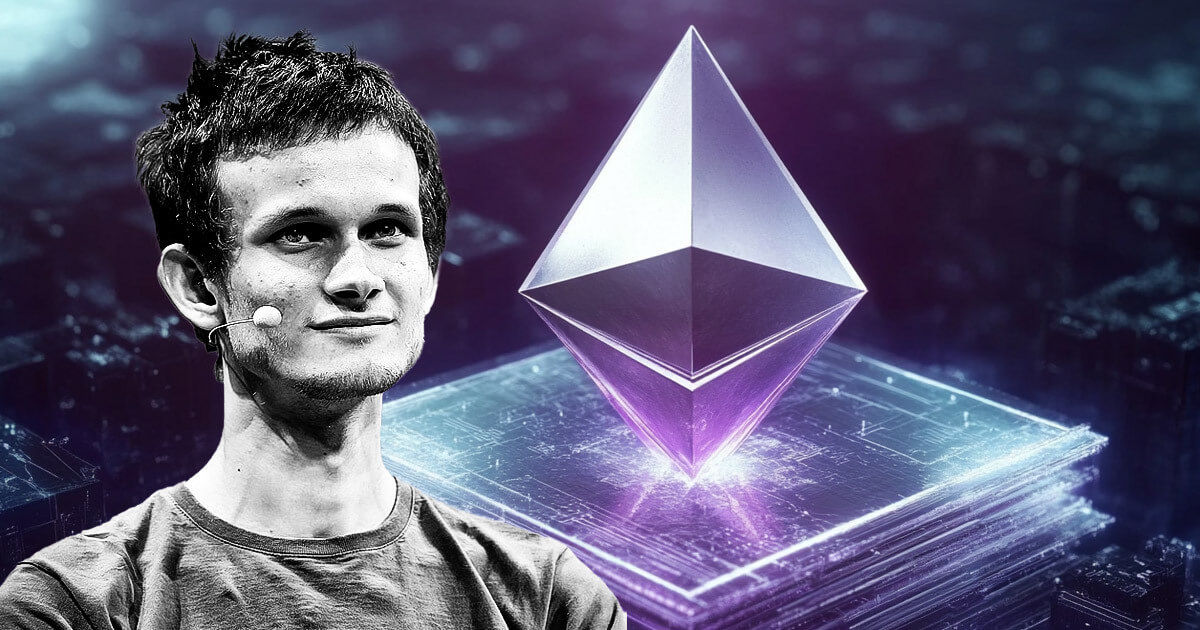Despite Ethereum experiencing its worst first-quarter price performance in seven years, the platform continues to evolve under the guidance of founder Vitalik Buterin, who recently introduced a forward-looking roadmap designed to address the network’s most persistent criticisms. The new development plan, released on March 28, takes direct aim at scalability challenges that have plagued Ethereum since the infamous CryptoKitties congestion of December 2017. While critics and so-called “Ethereum killers” have repeatedly declared the network obsolete—with the dedicated “Ethereum Obituaries” website now tracking 133 alleged “deaths”—Ethereum maintains its position as the second-largest cryptocurrency by market capitalization and the backbone of the DeFi ecosystem.
The technical details of Buterin’s roadmap center around three core improvements: increasing the number of data blobs to 72 by 2026, implementing a 2-of-3 hybrid-proof architecture for instant secure finality, and enhancing aggregation levels across the network. This architecture will utilize a combination of optimistic (OP), zero-knowledge (ZK), and trusted execution environment (TEE) rollups to process transactions. The innovative approach would allow transactions to be finalized immediately when approved by both ZK and TEE rollups, creating a pragmatic balance between security and speed. For cases where immediate dual approval isn’t achieved, optimistic rollups provide a slower but reliable fallback. The May 2025 Pectra upgrade aims to implement six blobs, while the future Fusaka version could support up to 72 blobs, dramatically expanding throughput.
Despite facing increased competition, particularly from Solana, Ethereum still dominates critical metrics in the blockchain ecosystem. In March, Ethereum surpassed Solana in trading volume by 22%, reclaiming its position as the leading DeFi platform for the first time since September 2024. Ethereum’s total value locked (TVL) substantially exceeds Solana’s, and the network hosts 53% of the global stablecoin market. This new roadmap has received mixed feedback from the community, with some criticizing its heavy focus on Layer 2 solutions rather than base layer improvements. However, if successful, Buterin’s vision could silence critics by delivering the instant finality and scalability that users have demanded for years, potentially reinvigorating Ethereum’s position in the increasingly competitive smart contract platform landscape.





